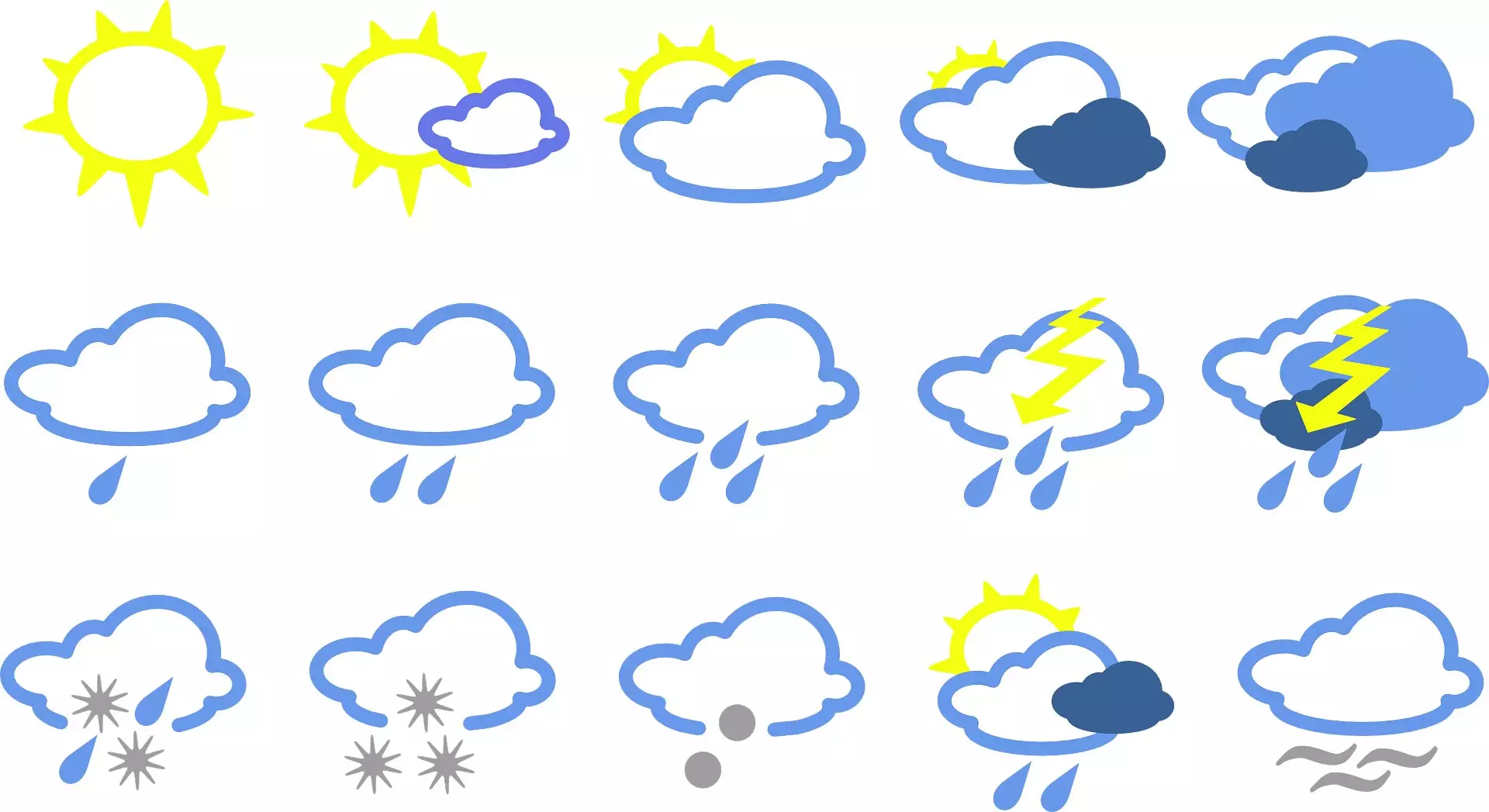Understanding winter weather patterns has long been a complex challenge for meteorologists, especially in a world increasingly affected by climate change. A recent breakthrough emphasizes the critical influence of tropical Pacific Ocean events—namely El Niño and La Niña—on forecasting the weather in Europe months in advance. These phenomena act as global climate puppeteers, steering atmospheric conditions across continents and seas, thus offering a valuable window into predicting whether winter will be harsh or mild. This discovery is not just a technical detail but a potential game-changer, promising more reliable forecasts that can be harnessed by governments, industries, and everyday citizens to better prepare for coming seasons.
Decoding the Global Climate Symphony: El Niño and La Niña’s Role
El Niño and La Niña are cyclical warm and cool episodes in the tropical Pacific that significantly influence worldwide weather. When these events intensify, they trigger a cascade of atmospheric shifts, including altered wind patterns, temperature anomalies, and shift in rainfall distributions. The recent study highlights that during years of pronounced El Niño or La Niña activity, European winter patterns become more predictable. This is because these phenomena modulate the jet streams and atmospheric oscillations such as the North Atlantic Oscillation (NAO) and East Atlantic Pattern (EA), which are key drivers of winter weather in Europe.
The findings hint that forecasters can leverage the signals from these oceanic variations to sharpen their predictions well ahead of time. Conversely, in years when the Pacific Ocean remains close to its neutral state, the climate system becomes less responsive to these cues, making long-term forecasts less reliable. This insight shines a light on the importance of understanding global climate interconnections rather than solely focusing on regional data, emphasizing an integrated approach to weather prediction.
Implications for Climate-Resilient Planning and Policy
The practical applications of these insights extend beyond academic curiosity. Reliable seasonal forecasts could empower energy providers to better estimate winter demand, ensuring a stable supply of heating and electricity. Governments and emergency services could allocate resources more effectively, preparing for severe weather events with confidence during predictable years while exercising caution during uncertain ones. For agriculture, foreknowledge about potential droughts or early frosts based on oceanic signals could save crops and protect livelihoods.
Within the context of ongoing climate change, this research becomes even more significant. As global temperatures rise, traditional weather patterns are becoming increasingly erratic. The ability to anticipate how large-scale oceanic phenomena influence regional climate amidst this chaos offers a crucial tool for adaptation and mitigation strategies. Forecasters now have a clearer picture of when their models are more or less likely to be accurate, enabling them to communicate uncertainties transparently, thus fostering greater public trust and preparedness.
The Limitations and Future Directions of Seasonal Forecasting
Despite these advances, the study underscores that predictability remains imperfect. High-altitude Arctic atmospheric conditions can still complicate forecasts, with sudden shifts in jet streams or stratospheric events adding layers of uncertainty. This suggests that while oceanic states provide valuable clues, they are not the sole determinants of winter weather.
Moving forward, integrating real-time Arctic observations and exploring the interactions between polar and tropical climate systems will be vital. Additionally, refining predictive models to better capture these complex dynamics is necessary. As climate change continues to reshape the atmospheric landscape, continuous research will be essential to keep forecasts accurate and useful.
The fascination lies in the interconnectedness of our planet’s climate systems. The nuanced dance of ocean currents, atmospheric patterns, and polar phenomena reveals that predicting winter weather is not a matter of guessing but of understanding cosmic-scale interactions. Harnessing the power of oceanic cycles to anticipate European winters could mark a pivotal chapter in meteorology—making seasons less of a gamble and more of a calculated certainty.

